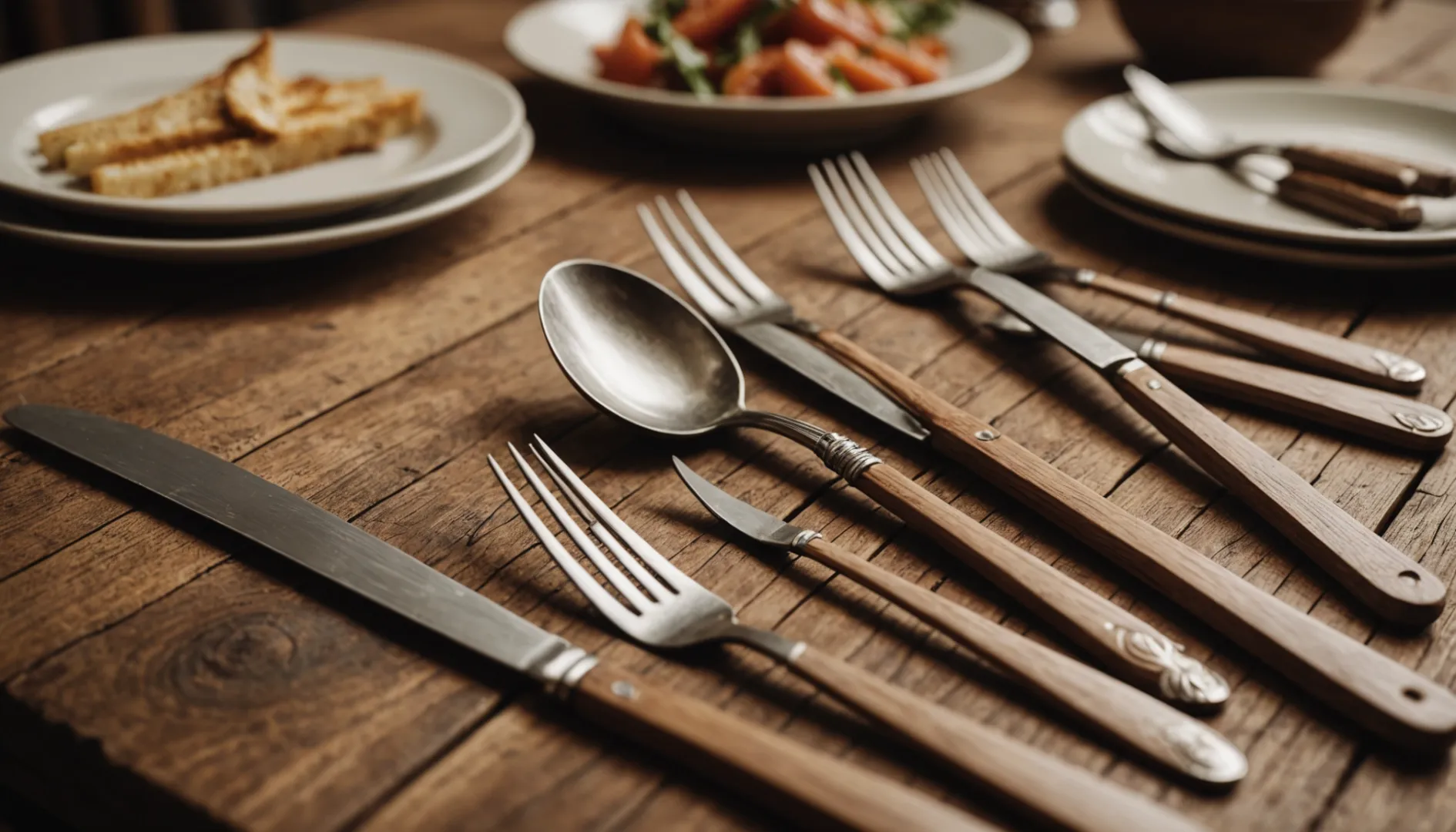
Have you ever wondered if those eco-friendly wooden forks are actually safe for you?
The main health concerns with disposable wooden cutlery are splinters and potential bacterial growth. Splinters can happen if the wood isn’t treated well, and bacteria can thrive in the porous wood if utensils are reused or not sanitized properly.
You know, I've always been drawn to anything labeled eco-friendly, and wooden cutlery seemed like such a great choice—until I started thinking about the risks. While I’ve heard about splinters and bacteria, I realized I needed to dig deeper to understand how to use them safely. In this article, let's explore expert advice and compare different materials so we can make the best choices for our health and the planet.
Wooden cutlery poses a risk of splinters.True
Improperly treated wooden cutlery can break, causing splinters.
Wooden cutlery is more hygienic than plastic.False
Wood can harbor bacteria if not properly cleaned and maintained.
How Does Wooden Cutlery Compare to Plastic in Terms of Safety?
Remember that time you had to choose between wooden or plastic cutlery? It's not just about convenience—safety matters too.
Wooden cutlery generally wins over plastic in safety due to its natural makeup and absence of harmful chemicals. However, it can be risky if not maintained well, with issues like splinters and bacterial growth. Plastic cutlery, though handy, might leach chemicals into food, especially when heated, raising health alarms.
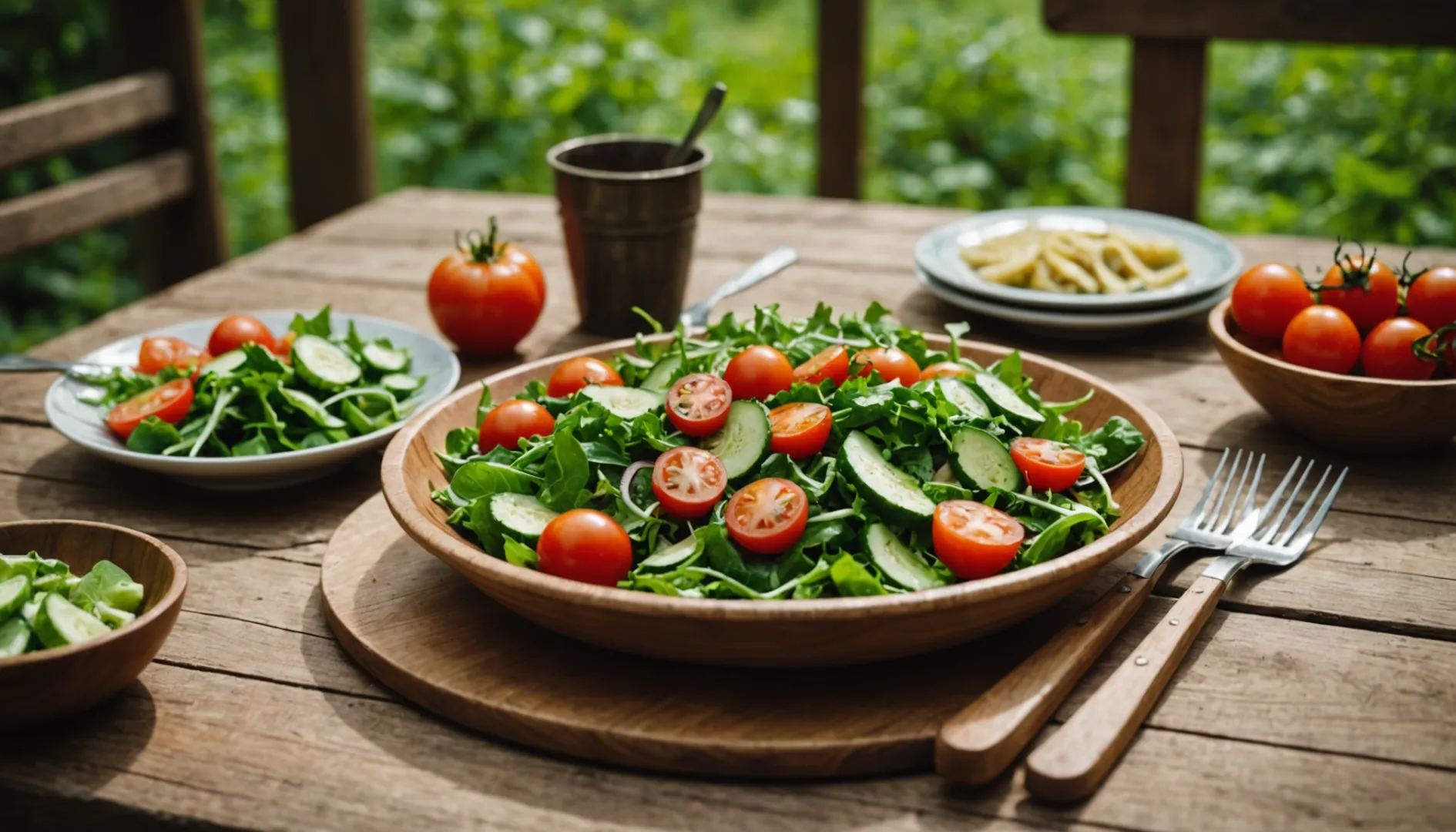
Splinters and Physical Safety
I've always loved the idea of using wooden cutlery for its natural feel and eco-friendly vibe. But then there's that one time I bit into a piece of bread and ended up with a splinter in my gum—ouch! That experience taught me the importance of choosing high-quality wooden utensils. The risk of splinters is real, especially if the wood isn't treated properly. This risk escalates when you’re trying to cut through tougher foods. So now, I make it a point to check for any rough edges or potential splinters before digging in.
Plastic cutlery, on the other hand, seems safer in this regard—it's smooth and less likely to cause physical injury. But let's not forget how easily it breaks under pressure. I once had a fork snap while eating pasta (yes, pasta!), which almost turned into a choking hazard.
Chemical Safety Concerns
There's another side to this story—chemicals. We’ve all heard the buzz around BPA in plastics. It’s a bit alarming to think about these chemicals leaching into food, particularly when the cutlery heats up. I mean, who wants to deal with potential hormonal disruptions from their fork? I’ve started opting for BPA-free plastic as a precaution, though I know that might not completely eliminate the risk.
Wooden cutlery, unless coated with certain finishes, doesn’t have these chemical concerns. It feels good knowing that untreated wood is pretty much chemical-free, offering a safer alternative when it comes to potential leaching.
Bacterial Growth and Hygiene
Both materials come with their own hygiene quirks. I used to think wood was more prone to bacteria because it's porous. It turns out that if properly maintained, wood can be surprisingly hygienic thanks to its natural antibacterial properties. I always ensure my wooden cutlery is sourced from reputable manufacturers who stick to health standards.
Plastic's non-porous surface is easier to clean but doesn’t have the same antibacterial qualities. If not cleaned thoroughly between uses, it can become a breeding ground for bacteria too.
So, as I weigh these factors—safety, environmental impact, convenience—I find myself considering more than just the look and feel of my utensils. Every choice comes with its own set of trade-offs, making it all the more important to choose wisely between wooden1 and plastic2 options.
Wooden cutlery is safer than plastic for single use.True
When used once, wooden cutlery poses less risk of chemical leaching.
All wooden cutlery is prone to bacterial growth.False
High-quality wooden cutlery, when properly maintained, can be hygienic.
How Can I Safely Use Disposable Wooden Cutlery?
Have you ever wondered if you're using disposable wooden cutlery the right way? Let's dive into some best practices!
To use disposable wooden cutlery safely, choose high-quality options designed for food use, inspect them for splinters before use, and always source from reputable manufacturers. Use each piece just once to avoid any bacterial growth.
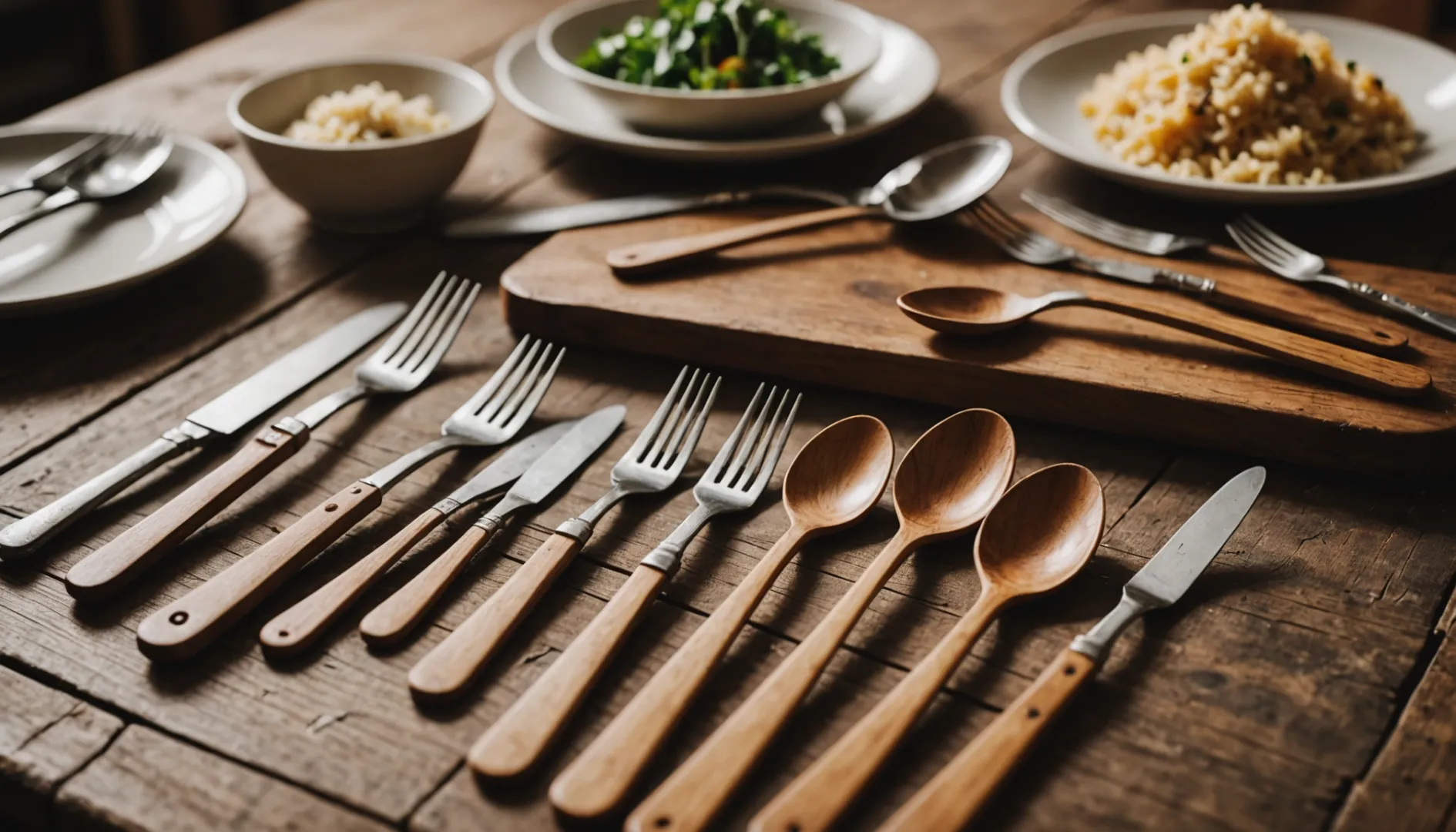
Selecting Quality Wooden Cutlery
I remember the first time I decided to switch to disposable wooden cutlery for a family picnic. It was a decision driven by my desire to be more eco-friendly, but I quickly realized that not all wooden utensils are created equal. It's crucial to choose those that meet high safety and quality standards. Opt for products specifically made for food use; these are generally treated to prevent splinters. Look for certifications or endorsements that ensure they adhere to health and safety standards3.
Before using them, I always inspect each piece. A quick glance can reveal any splinters or cracks, saving us from potential injuries. I've found that bamboo cutlery is a fantastic choice—it's durable and smooth, making it a favorite for those seeking eco-friendly options4.
Handling and Storage Tips
Another lesson I learned was about the proper handling and storage of these utensils. Keeping them in a dry, cool place is essential to prevent moisture absorption, which can lead to bacterial growth. For events where conditions might vary, consider individually wrapped options.
Using the cutlery only once is generally recommended. This avoids the hassle of cleaning and sanitizing wood, significantly reducing the risk of bacterial contamination, making them a safer alternative to reusable plastics or metals.
Sourcing and Sustainability
When I'm sourcing wooden cutlery, I aim to support manufacturers who are committed to sustainability. Products from sustainably managed forests with certifications like FSC (Forest Stewardship Council) are my go-to. This not only ensures environmental responsibility but also often correlates with higher quality production.
I prefer purchasing from companies that promote ethical manufacturing practices. It gives me peace of mind knowing my choices are safe and environmentally conscious. For those interested in exploring sustainable options, checking out certified products5 available in the market is a good start.
While wooden cutlery is an excellent choice for reducing plastic waste, being mindful of its quality and handling is crucial in maximizing its benefits while maintaining health safety.
Wooden cutlery can cause splinters if not properly treated.True
Improperly treated wooden cutlery can break, causing splinters.
Disposable wooden cutlery is more hygienic than plastic.False
Wood can harbor bacteria if not sanitized, unlike non-porous plastic.
Are There Specific Types of Wood That Are Safer for Cutlery?
Ever wondered if the type of wood in your cutlery matters? It really does, affecting both safety and hygiene.
Maple, beech, and birch are among the safest woods for cutlery due to their tight grains and natural antibacterial properties, minimizing splintering and bacterial growth.
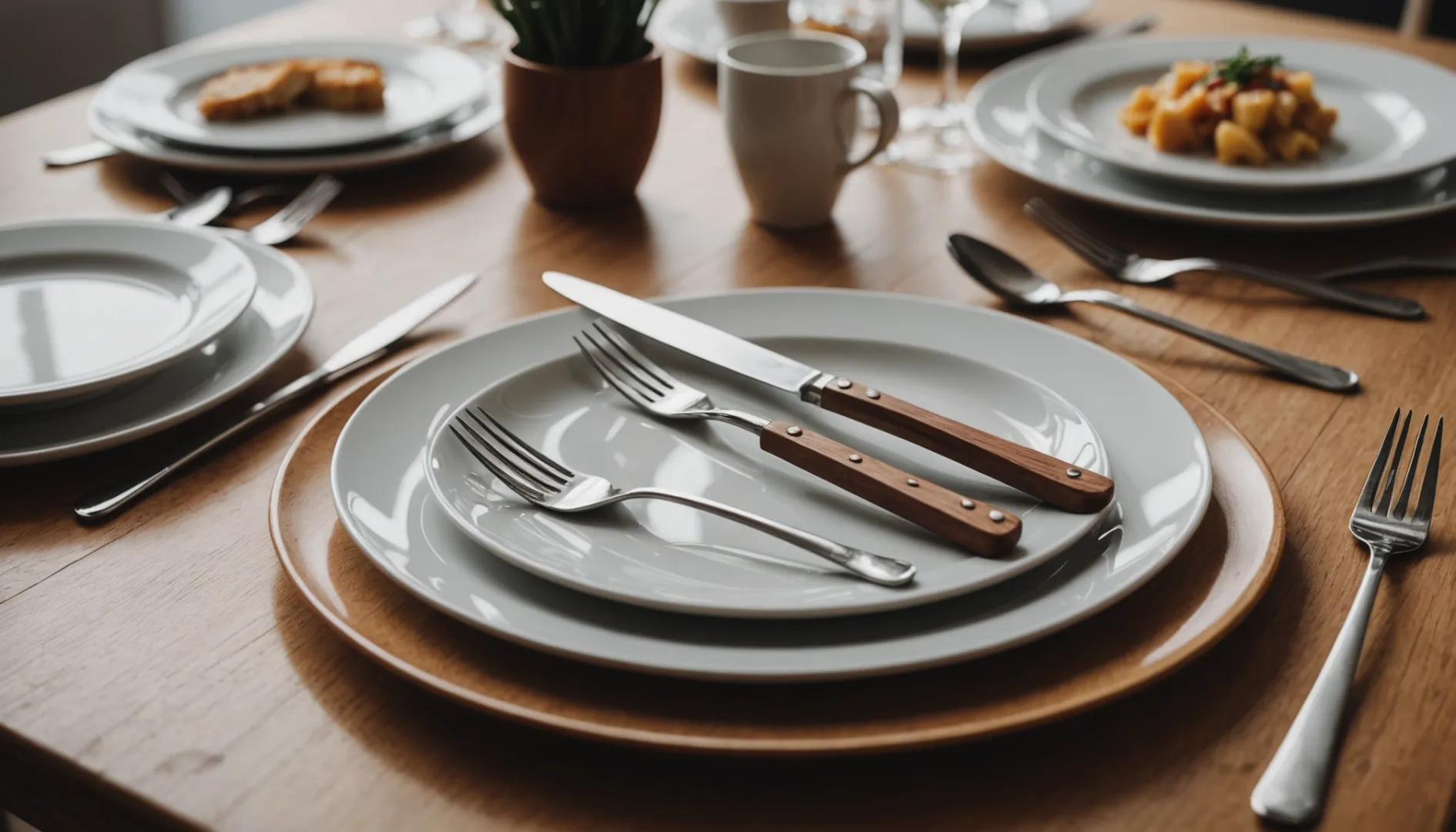
Understanding Wood Grain and Its Impact on Safety
I remember the first time I decided to craft my own wooden spoon. I naively picked up a piece of soft pine, thinking wood is wood, right? Well, that spoon ended up splintering faster than I could say "sawdust." Lesson learned—wood grain makes a huge difference! Woods like maple and beech, with their tight grain structures, are perfect for cutlery because they're less likely to splinter. This means fewer surprises when you're cooking dinner. Plus, their dense grains mean fewer pores, which limits moisture absorption and bacterial growth—definitely a win-win! Maple is often recommended for kitchen utensils6 due to these characteristics.
The Antibacterial Properties of Certain Woods
When I was researching materials for my kitchen projects, I stumbled upon bamboo (yes, it's technically a grass) and was amazed by its natural antibacterial properties. It was like finding out my trusty old cutting board had superhero qualities. Similarly, birch wood also inhibits microbial growth, making it another great choice for anyone concerned about hygiene. Choosing these types of wood can seriously up your kitchen game by keeping things clean and safe. It's beneficial to select woods with these properties to enhance hygiene standards7.
Durability and Resistance to Splintering
The durability of wood is something I've come to appreciate over time. Hardwoods like oak and walnut might sound appealing because they are sturdy, but I've learned the hard way that they can be tough to work with if you're not a seasoned craftsman. Beechwood strikes a perfect balance—it's durable yet forgiving enough to shape into beautiful utensils without risking splinters. It's no wonder so many craftsmen8 swear by it.
Environmental and Health Considerations
I've always been conscious of the environmental impact of the materials I choose. Opting for sustainably harvested wood not only makes me feel better about my carbon footprint but also ensures my cutlery is eco-friendly. And let's not forget the finishes; using natural oils or beeswax not only preserves the wood's beauty but also keeps everything food-safe. Trust me, once you've tried it, you'll never go back to synthetic finishes.
By focusing on these specific types of wood, I've found that both the safety and performance of wooden cutlery in my daily kitchen adventures have significantly improved.
Wooden cutlery always poses a splinter risk.False
High-quality wooden cutlery reduces splinter risks significantly.
Proper sanitation can make wooden cutlery more hygienic than plastic.True
Research shows well-maintained wood can be more hygienic.
Can Wooden Cutlery Be Reused Safely?
Ever wondered if you can safely reuse wooden cutlery at home? Let's dive into some practical tips and personal insights.
Yes, I can safely reuse wooden cutlery by thoroughly cleaning it and checking for damage. Ensuring proper sanitation and inspecting for splinters are crucial to maintaining reusable wooden utensils. Choosing high-quality cutlery designed for repeated use further reduces health risks like bacterial growth and splinters.
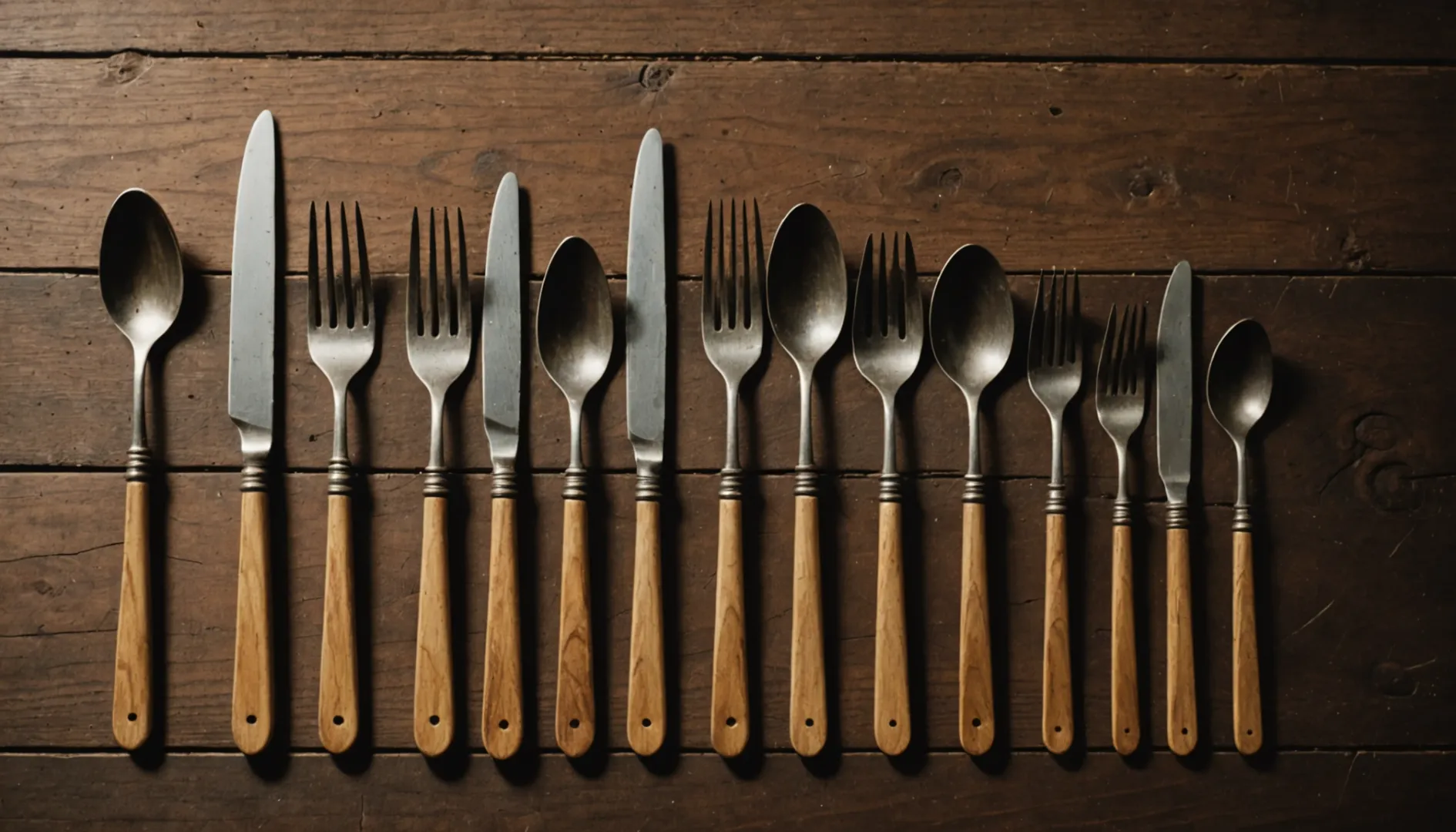
Understanding Wooden Cutlery Material
I've always found wooden cutlery to add a rustic charm to my dining experience, but it's essential to understand what we're dealing with. Wooden cutlery is crafted from various types of wood, each with unique properties influencing its durability and safety. Hardwood varieties, like birch or bamboo, are more resilient and less prone to splintering, making them better suited for repeated use. But let's not ignore the elephant in the room—the porous nature of wood. It can absorb moisture and bacteria9, which might lead to contamination if not handled properly.
Importance of Quality and Manufacturing Standards
In my journey to make more eco-friendly choices, I've learned that not all wooden cutlery is created equal. Choosing utensils produced under strict food safety standards is key. High-quality wooden utensils are often treated to reduce porosity and enhance durability, preventing those pesky splinters. When selecting cutlery, I look for products specifically labeled for reuse. Ensuring these utensils come from reputable manufacturers adhering to health guidelines has significantly reduced health risks in my household.
Cleaning and Maintenance Practices
The first time I reused wooden cutlery, I made the mistake of just rinsing it off quickly—big mistake! Proper cleaning is vital when reusing wooden cutlery. Handwashing with warm, soapy water immediately after use helps remove food particles and bacteria. Allowing the cutlery to dry thoroughly before storage prevents moisture retention that could lead to bacterial growth10. I've also learned the hard way that avoiding prolonged soaking can preserve the wood's integrity.
Inspection for Safety
Whenever I pull out my wooden utensils, I make it a habit to inspect them carefully. Regularly inspecting wooden cutlery is crucial to ensure its continued safety. Check for any signs of wear or splintering that could pose a risk during use. If any damage is detected, it's advisable to discontinue use. Moreover, applying a food-safe mineral oil periodically can help maintain the wood's condition, prolonging its lifespan.
Environmental Considerations
As someone who cares deeply about sustainability, the environmental impact of wooden cutlery weighs heavily on my mind. Wooden utensils are biodegradable and generally more sustainable than plastic alternatives. However, repeated reuse requires careful consideration of the environmental costs associated with cleaning and maintenance. Balancing these factors with safety concerns is essential for those committed to sustainable practices like me. It's all about finding that sweet spot between being eco-friendly and ensuring the health of my loved ones.
Wooden cutlery is more hygienic than plastic.True
Research shows properly maintained wooden surfaces are more hygienic.
Using wooden cutlery repeatedly increases bacterial risk.True
Wood's porous nature can harbor bacteria if not sanitized properly.
Conclusion
Disposable wooden cutlery poses health risks such as splinters and bacterial growth if not properly treated or maintained. Choosing high-quality options and ensuring proper sanitation is essential for safety.
-
Explore studies comparing hygiene levels of wooden vs. plastic utensils. ↩
-
Understand the potential health impacts of using BPA-containing plastics. ↩
-
Certifications ensure quality and safety in wooden cutlery. ↩
-
Discover why bamboo is a preferred material for cutlery. ↩
-
FSC certification ensures sustainable sourcing of wooden cutlery. ↩
-
Learn why maple is highly recommended for kitchen utensils. ↩
-
Understand how birch wood helps prevent microbial growth. ↩
-
Explore reasons beech is favored by utensil makers. ↩
-
Learn how wood's porous nature can harbor bacteria. ↩
-
Discover effective techniques to keep wooden surfaces hygienic. ↩

